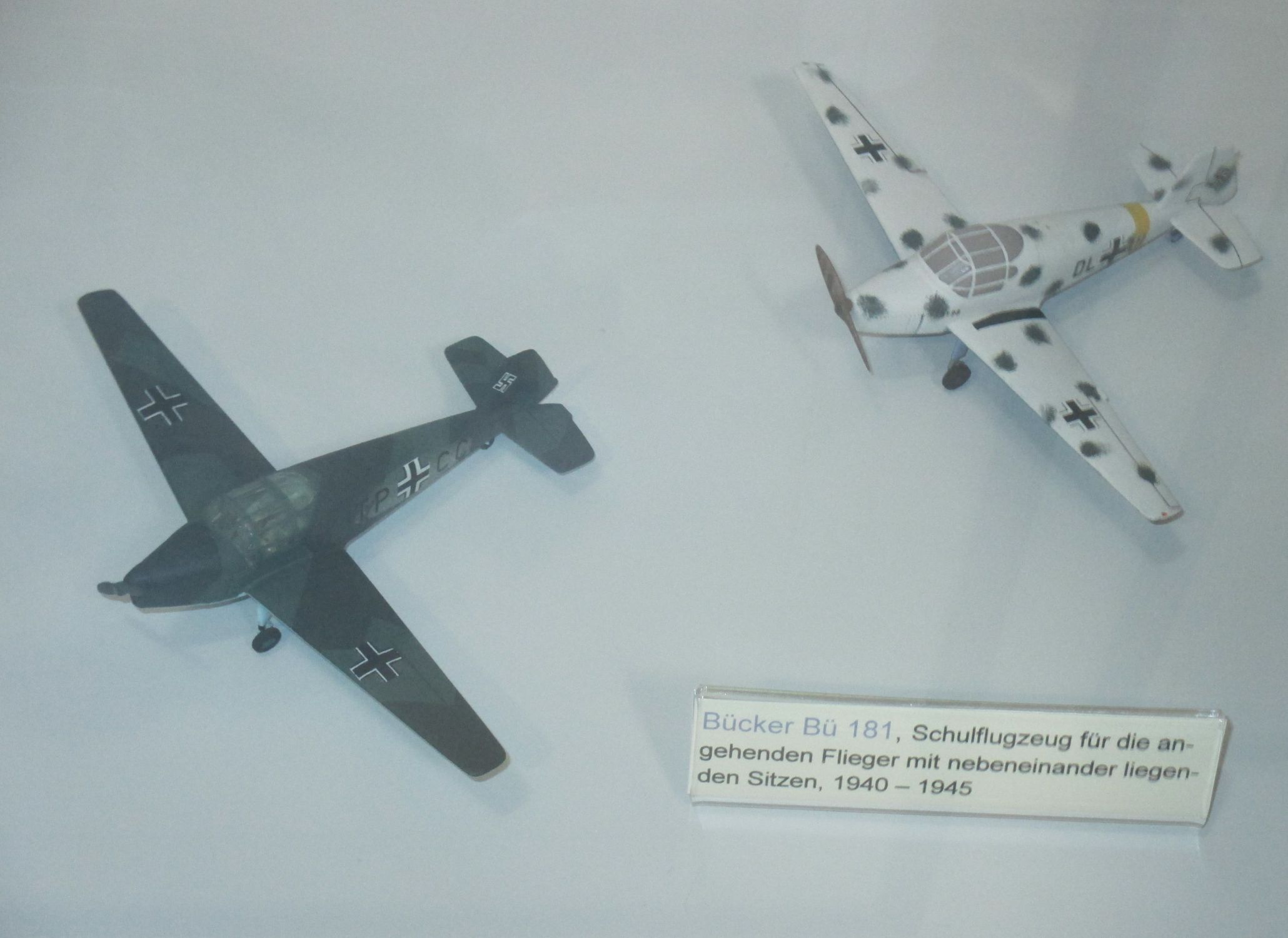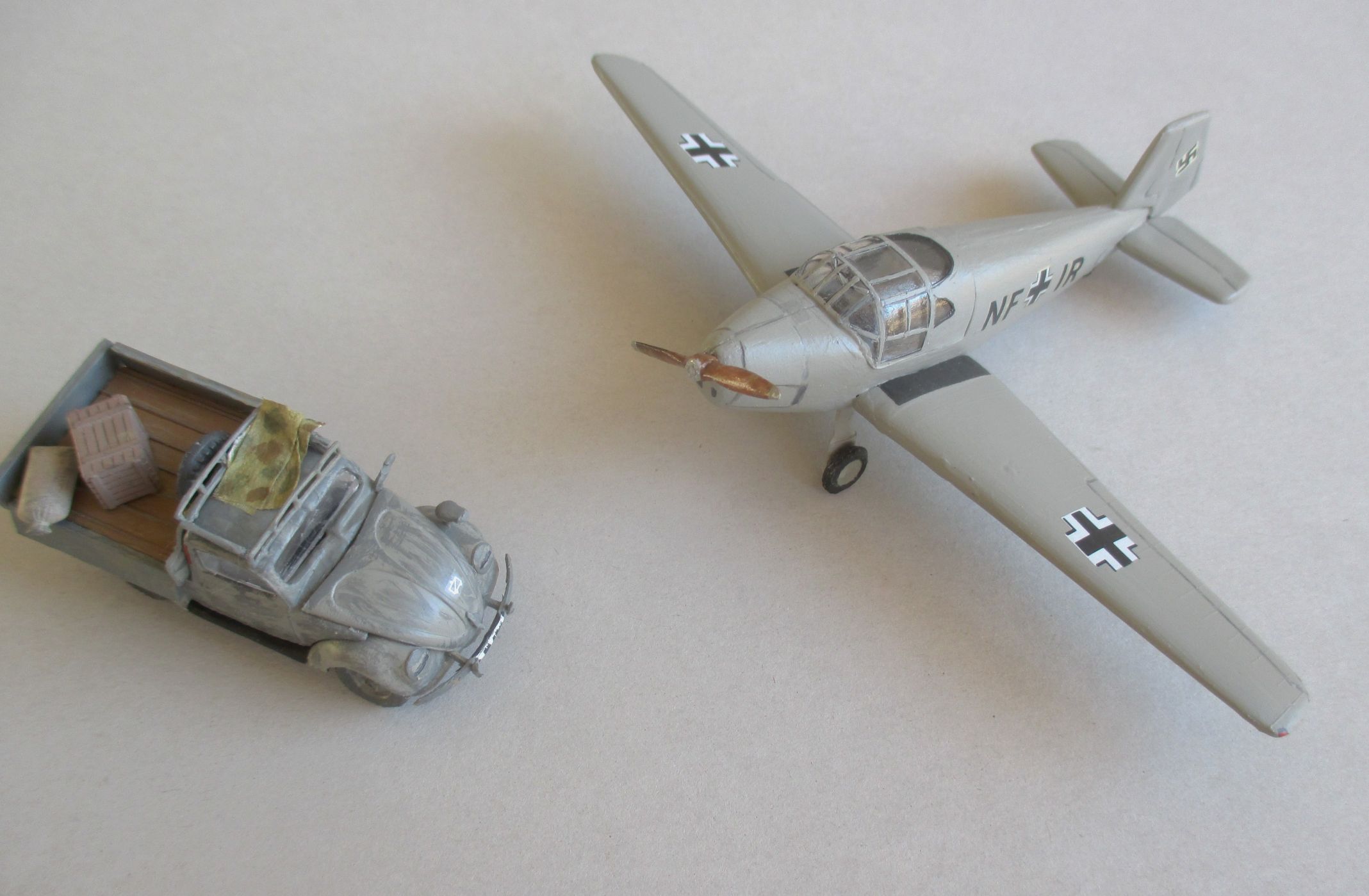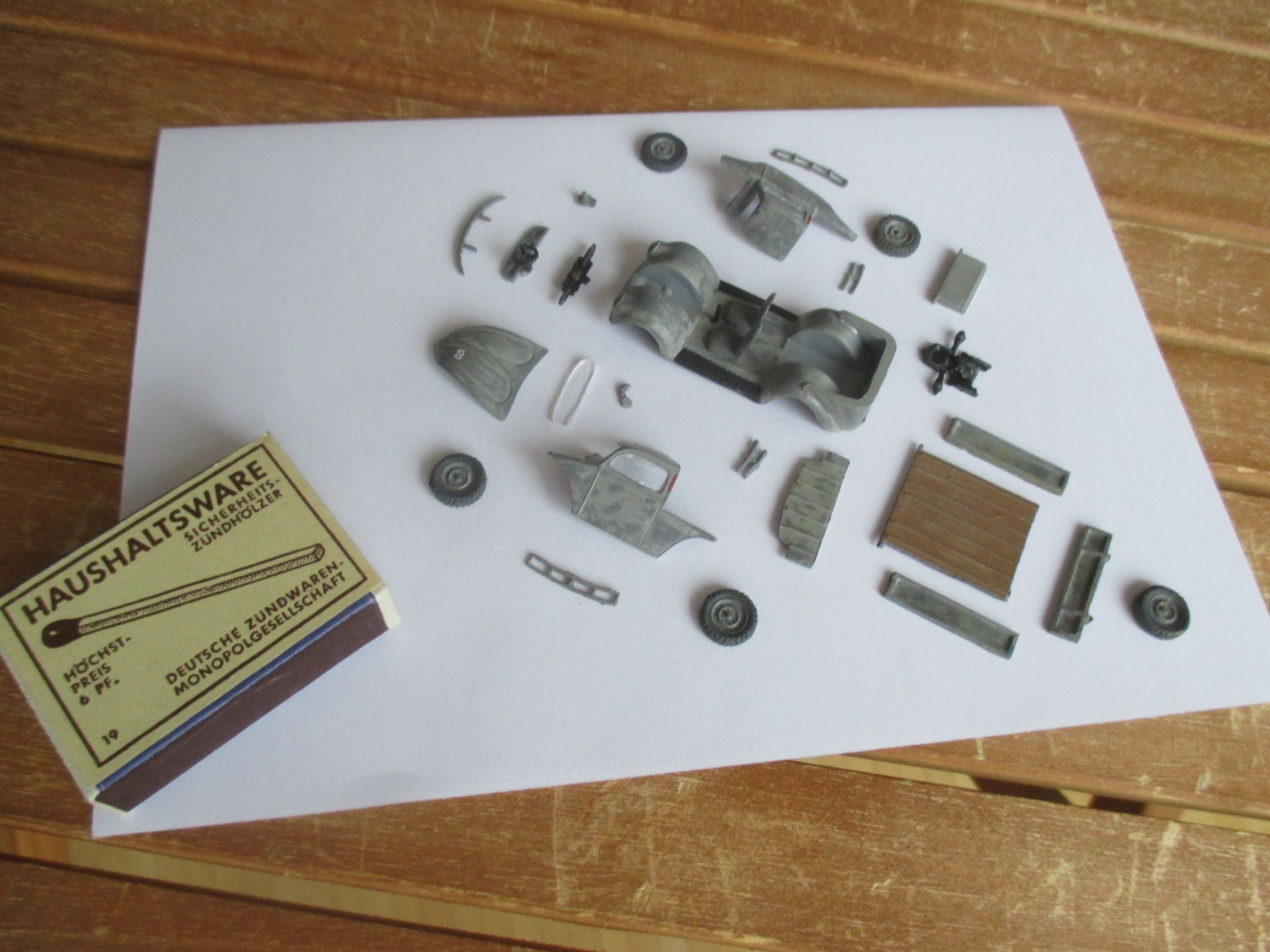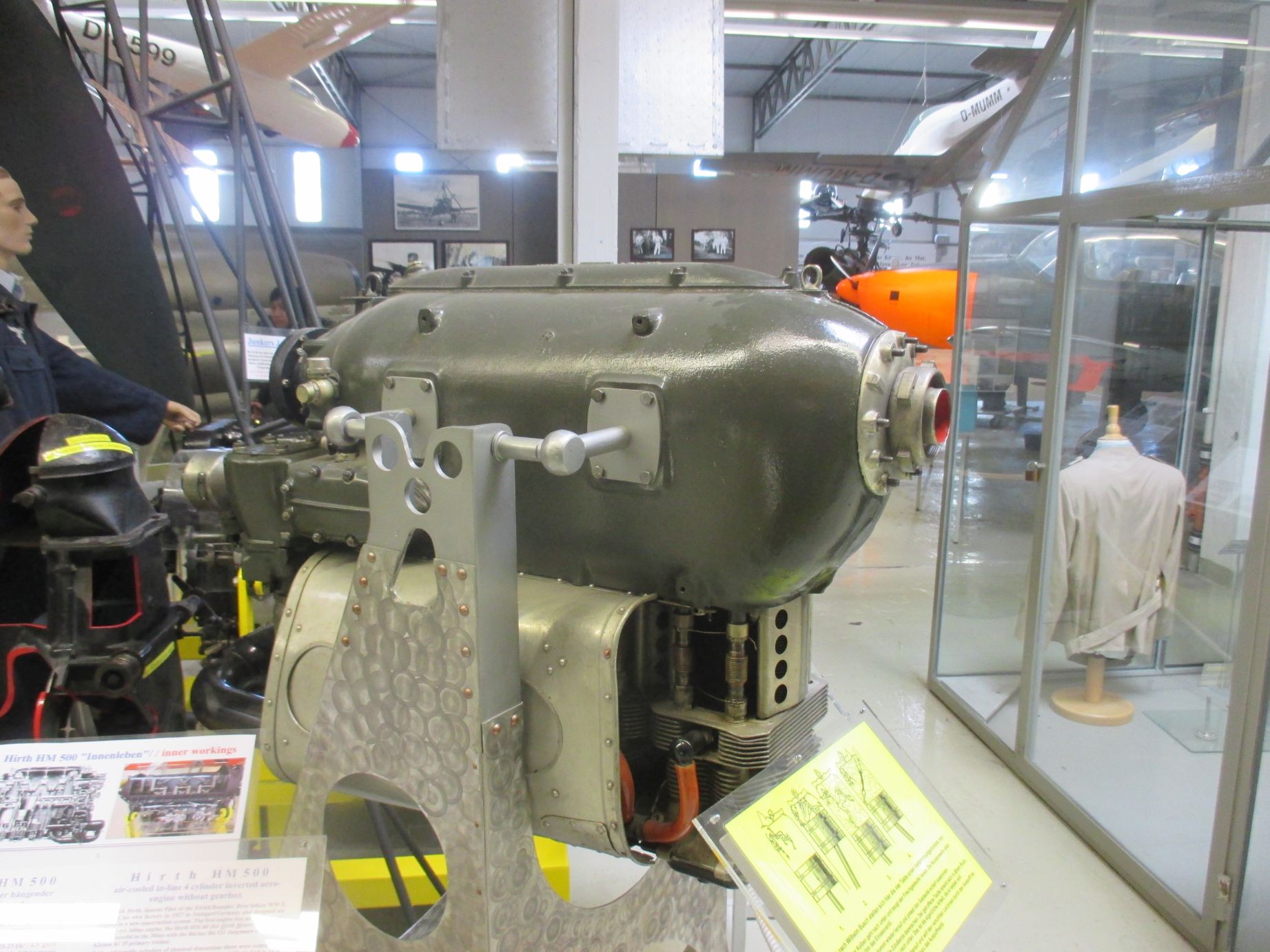Model of the month april 2023 Buecker
A new concept...the Bücker Bü 181 A Bestmann
From original to model
An independent part of the collections of the Aviation Museum Hannover-Laatzen are the more than 1,000 scale models, mainly of the international standards 1/72, 1/48 and 1/32.
Such true-to-the-original miniatures enable viewers of museum technology history to gain an "overview", not only of the individual exhibit (sometimes even as the only possibility of a three-dimensional display if there is no longer a preserved original), but also of the developmental lines of aircraft construction by means of the possible sequencing and juxtaposition here; sometimes they even close gaps in the presentation of the originals. Their craftsmanship alone is a pleasure to behold.

Today, in our 'Model of the Month' series, we present the 1939 Bücker Bü 181 "Bestmann" single-engine, two-seat sport, cruising and training aircraft. It remained in service worldwide in original and licensed versions long after the war.
The models: from HUMA to VEEDAY
From HUMA to VEEDAY 1/72 models of the Bü 181 from various manufacturers - HUMA, CMK, MPM - can be found in the display cases of exhibition hall 2, mainly in German Luftwaffe colors. We have reproduced with the British manufacturer VEEDAY Models from the museum fund the sample Bü 181 A from the 1944 aircraft type book of the German aviation and accessories industry.
The original: a question of principle
Carl Clemens Bücker founded Bücker Flugzeugbau GmbH in Berlin-Johannisthal in 1932 and made aviation history with four designs. His Bü 131 Jungmann, Bü 133 Jungmeister, Bü 180 Student and finally the Bü 181 Bestmann, all light sport and training aircraft, won various awards, victories and class world records, excelled in spectacular display flights and, after export successes, were finally procured in large numbers by the German Luftwaffe as training aircraft - after years of politically motivated disinterest.

The Bü 181 was used by the Wehrmacht not only for training but also as a liaison and courier aircraft. Like many other German pilots and designers, the former naval aviator Bücker had "survived" the Versailles ban on flying and aircraft construction abroad. For him this was Sweden, where he had already set up Svenska Aero from 1921 to build German aircraft or parts under license. His Swedish chief designer Anders J. Anderson followed him to Germany in 1933 and was now also responsible for Bücker aircraft. Bücker was a friend of the Dessau "Bauhaus", according to whose maxims his new factory in Rangsdorf was built. He showed little interest in military aircraft construction. Probably the "foreign capital" available from his Swedish venture was a thorn in the side of the National Socialists. They treated Bücker's designs with hesitation and reserve. In contrast to other companies, Bücker was not financially secured by the Reichsluftfahrtministerium (RLM) during development and production; for years the central government direction in the design and construction of aircraft assigned the Bücker/ Anderson types a relative "niche existence" in air sports and individual transport, despite international recognition.

The VEEDAY kit is complemented here by a Type 82 flatbed car. It failed to catch on, but as a Volkswagen sedan, Ferdinand Porsche's KdF car became a world bestseller after 1945. Like the Bü 181 from GB, this model from Ukraine is a small series kit.
New concept
However, when the first generation of Luftwaffe training aircraft had to be replaced toward the end of the 1930s and war loomed, Bücker emerged with its Bü 181 - and a new concept. The performance features of the low-wing monoplane of mixed construction with rigid landing gear enabled far more effective training than had previously been possible: above all the arrangement of instructor and student sitting side by side instead of one behind the other and an enclosed, heated cabin with dual controls, Although the RLM and its General Luftzeugmeister Ernst Udet still fiddled a bit with design details, the '181' was ultimately destined to become the standard type for Luftwaffe flying schools. More than 3,600 examples then left the assembly hangars and also flew in various countries allied with Germany as well as neutral countries until well into the 1950s. Licensed or replica versions before and after 1945 in the Netherlands, Czechoslovakia, Sweden and Egypt were used there for military and civilian purposes and exported worldwide.

Data sheet Bücker Bü 181
A:Length 7.85 m, Span 10.60 m, maximum takeoff weight 750 kg, max. speed 215 km/h, Range 800 km, Propulsion 1x Hirth HM 504 A 4 cyl. in-line engine, propeller 2-blade rigid, construction material: wood

Come on in!
In our aviation museum you can enjoy original and model training, fighter, passenger and sports planes, helicopters and gliders: Come and visit us - you'll find us in Ulmer Straße at the Hanover Exhibition Grounds!
sb


